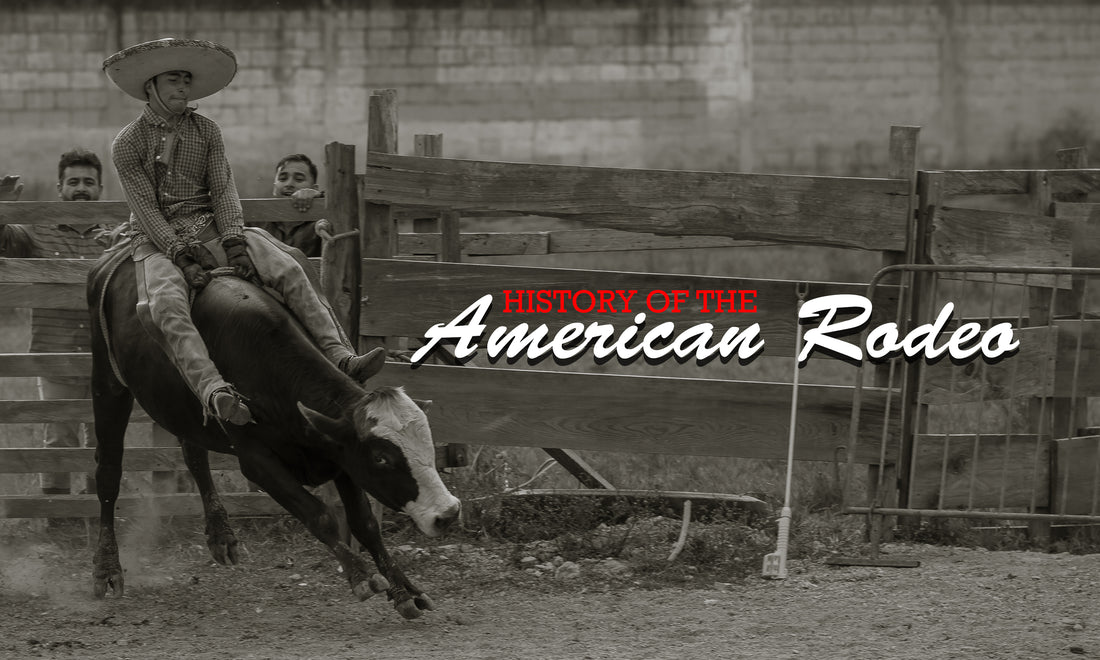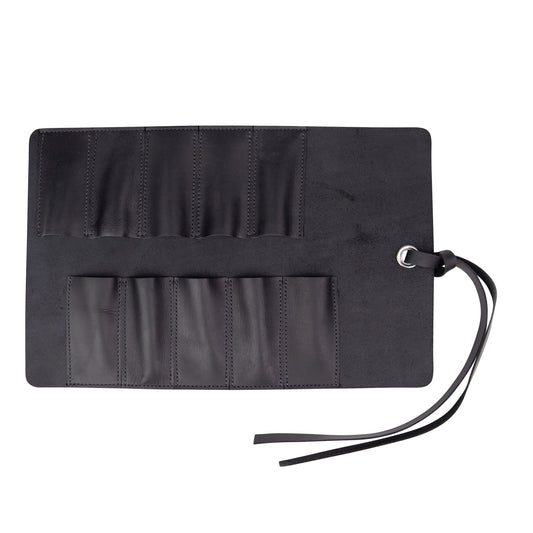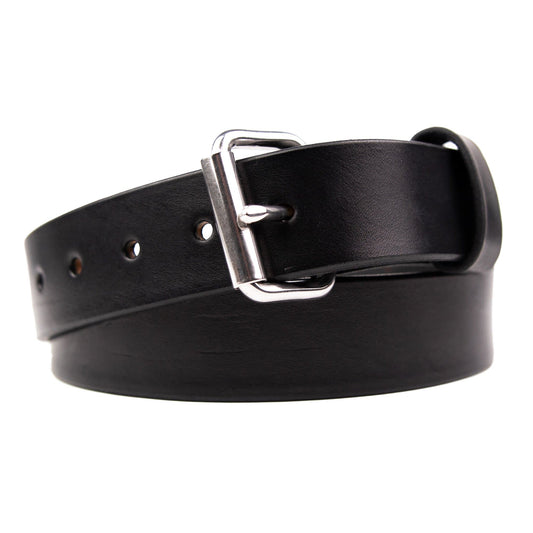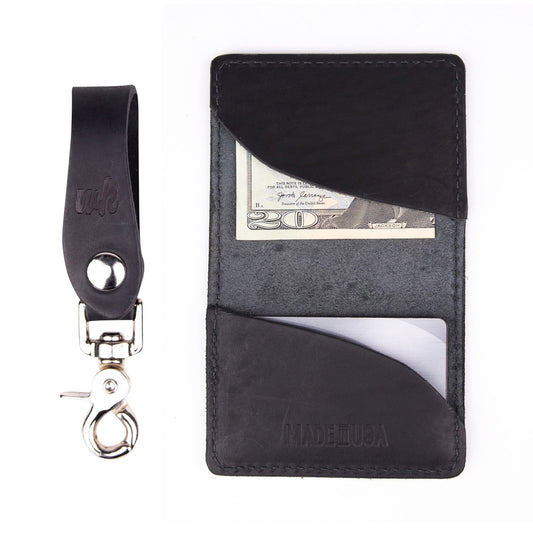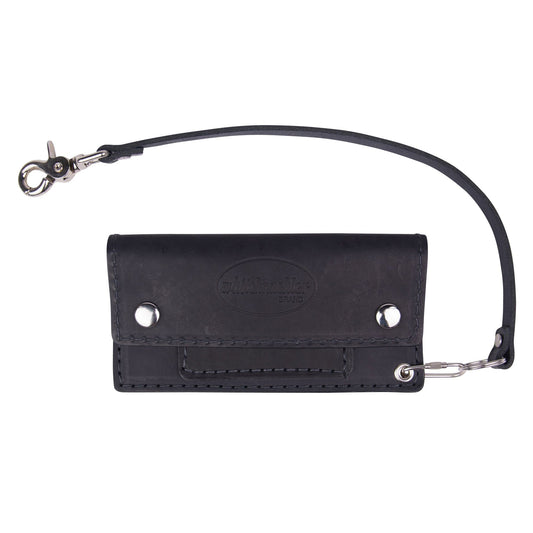If there’s one thing that you can be sure of, the history of most American traditions is often complicated and has a backstory that could rival any Hollywood film.
It’s easy to get swept up in excitement and nostalgia when exploring the history of American Rodeo. After all, few things have come to define our collective view of Americanism quite like the rough and tumble souls that perform in rodeo show events. The roots of Rodeo go way, way back to the 16th century when Spanish conquistadors made their way across Central America. In fact, the word rodeo is derived from the Spanish word “rodear”, which means to “round up”.

Rodeo’s popularity in America is a perfect example of the cultural melting pot that our country really is, and it forms the foundation for one hell of a story.
Ready to jump right in and learn all about American Rodeo? Let’s do it!
Spanish Roots

Once the Spanish influence started to spread across Mexico in the 1500s, they hired ranch hands to help drive cattle and perform duties on “Rancheros” or ranches. These ranches were massive operations run by Mexican locals that came to be known as Vaqueros, essentially, the very first Cowboys. Keep in mind as well that before the Spanish came to Central America, there were no horses here! In fact, horses were not in Central America until 1519, and cattle were not here until 1521.
As Spanish influence spread, cattle drives driven by men (vaqueros) on horseback began to push North and into the current American Southwest. By the early 1600’s, and early 1700’s, Spanish settlements were starting to pop up along the Rio Grande in the deep parts of current south Texas. One of the most famous ranches in the region was the King Ranch (still operating today) which was started by Capt. Richard King in 1853. The King Ranch employed dozens of Vaqueros and became one of the great mixing grounds for the mixing of Anglo and Spanish culture. This era would be the beginning of the true Cowboy era that would spawn the birth of the American Rodeo.

While the skills displayed in Rodeo are impressive to spectators, they had a practical purpose out on the range. Roping, wrangling, and bulldogging are skills that real cowboys learned from vaqueros to properly handle cattle, as well as other livestock and cowboys became well known for their skills. Since cattle drives were typically a seasonal activity, there was often lots and lots of downtime in between runs.
So, what did these bored cowboys do in their downtime? Compete and show off. The American Rodeo had been born!
Wild Bill and The Rise Of American Rodeo

Unless you’ve managed to avoid pop culture and Western history your entire life, you’ve no doubt heard of “Buffalo Bill” Cody. Ever the showman, Cody turned frontier life into a brand and created the Fourth of July Wild West show in North Platte, Nebraska, in 1882. This was an exhibition of frontier ready skills where cowboys of all nationalities and genders could come and compete for prizes and glory. Some say this was the first Rodeo, but the reality is that we don’t really know what the very first events were.
We do know that there are recorded historical examples of “bronc busting” contests that took place in the Colorado territories as far back as 1869. In 1883, the Pecos, Texas rodeo was one of the first to give out prices while the Prescott, AZ Rodeo was the first to charge admission to spectators that same year.

By the time the 1890s rolled around, Rodeo was a spectator event that was sought out and loved by those living on the American frontier and it was surprisingly inclusive for the era. The Rodeo events drew in African American cowboys like Texas-born Bill Pickett, who devised an insane bulldogging technique where he wrestled bulls to the ground by biting (yes, biting) their upper lip and throwing it to the ground by horns.
Women also played a huge role in the popularity of Rodeo with such famous ladies as Phoebe Ann Moses Butler, better known as Annie Oakley, joining up Buffalo Bill’s traveling show in 1885.
Formalizing A Sport

Up until 1929, there really was no formalization for Rodeo as a legitimate sport. While it was beloved, it was seen as more of a spectacle or a show than a competition. Well-known names like Gene Autrey and Col. William T. Johnson made huge sums of money from these spectacles but cowboys themselves were often left with only the scraps. The Rodeo Association of America was established in 1929 to serve the needs of Rodeo organizers, as well as establish things like a formal point system, non-biased judges, and the ability to crown a World Champion.
This setup worked until 1936, when the Cowboys decided they had enough of taking the scraps and went on strike at an event at Madison Square Gardens. They formed the oddly named Cowboys Turtle Association as a result and took back their fair share of the prize money. In 1945, the hilariously named Turtles became the Rodeo Cowboys Association (RCA), which eventually turned into the Professional Rodeo Cowboys Association (PRCA) in 1975.

Women riders were worked out of the rodeo game during this period of formalization but struck back by forming the Women’s Professional Rodeo Association (WPRA) in 1945. This organization still exists today and is among the most popular events in the world of Rodeo. In fact, only PCRA bull riding is more popular than WPRA barrel racing!
Rodeo Today

There’s no doubt about it, Rodeo in America is a true staple of Southwest culture. It's unique culture has spawned countless stories, pieces of art and larger than life characters that have gone on to define the true Southwest.
From vaquero roots to a multi-million dollar enterprise that hosts hundreds of events all over the country, American Rodeo has gone from side show spectacle to the legitimate sport. States like Texas and Oklahoma are still steeped in the Rodeo traditions that developed from the days of driving cattle after the Civil War had ended. Hell, you can even buy a King Ranch Ford F-150 that celebrates this iconic location in all it's Texas sized glory.

You can catch PCRA events today from Texas to New York and they include such unforgettable events as:
- Bull Riding
- Calf Roping
- Bulldogging
- Barrel Racing
- Bronc Riding
- Team Roping
What's more American than rodeo? This microcosm of mixed cultures shows that America really is the greatest melting pot in the world.

